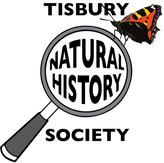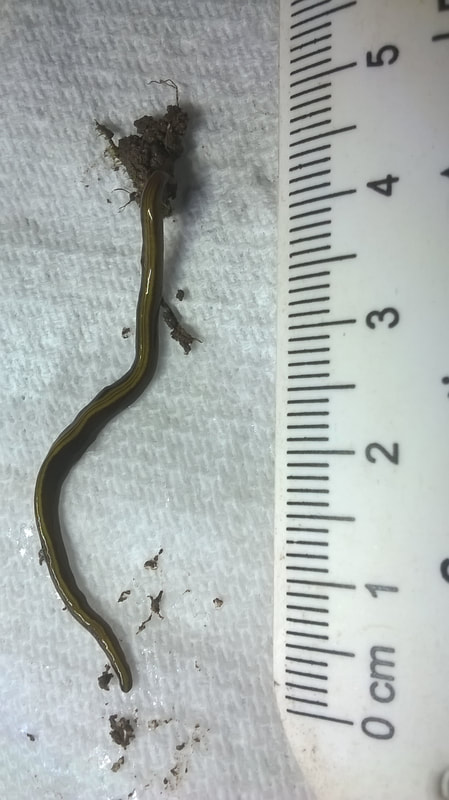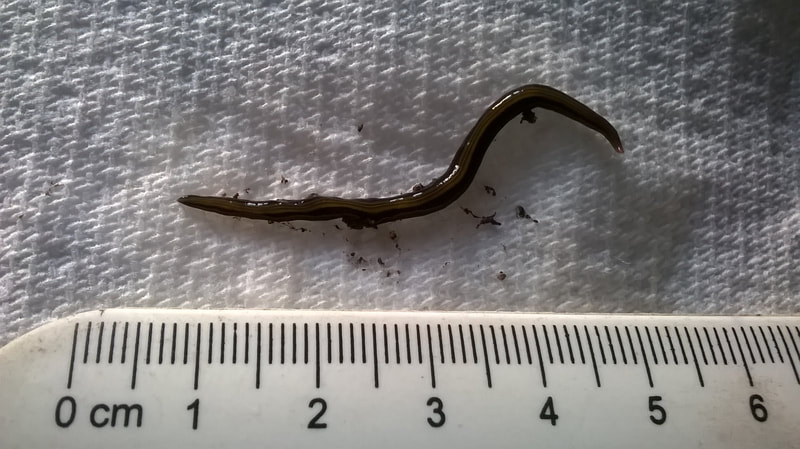|
A cutting of Erigeron daisies taken from my courtyard released a curious flatworm later in the day at its new home. Thankfully it was spotted and isolated, while the two thin red stripes and features were pored over. The RHS later had to come to our rescue with the identification (thank you, Lynne, for your help with this) and this is what they said. It's worth knowing about in case other people make similar discoveries, because these flatworms should be destroyed.
"I think that it is likely that the flatworm you have found is Kontikia ventrolineata. This is a non-native flatworm, with origins probably to Australia and/or New Zealand, whilst some records indicate also the Indo-Pacific region. It is a small flatworm with a dark coloured body. This flatworm species is thought to have been introduced in 1840 and has several UK records. It can feed on small invertebrates that it can catch, including small snails but it also appears to be a scavenger. Once it has arrived in a garden there is really nothing effective that can be done to reduce their numbers. Destroying any that you find hiding underneath pots or stones will remove a few, but this is likely to be only a small proportion of the population in your garden. There are no pesticides available that will control flatworms. Kontikia ventrolineata, is listed under Schedule 9 to the Wildlife and Countryside Act 1981 with respect to England and Wales and it is an offence to release it or allow its escape to the wild. You should endeavour to avoid spreading the flatworm to new areas that are as yet free of flatworms. They spread to new areas through the movement of growing plants, compost or soil, so you should be careful about giving growing plants to other gardeners. More information about flatworms can be found at https://www.rhs.org.uk/advice/profile?PID=975 " Comments are closed.
|
Photo: Avocets (Izzy Fry)
The headers display photos taken by our members. Do get in touch via the Contact Form if you'd like to submit a photo for selection.
Archives
May 2024
Categories
All
|



 RSS Feed
RSS Feed